At Blucap Interiors,as biophilic design consultants we use natural design principles to bring the outside world in whilst considering our environmental impact and positively influencing occupant / user wellbeing, this holy trinity is, for us at least, the essence of biophilia.Here are some of floral indoor plants that can add vibrance to your home.
Peace Lily
All of us crave to live a life filled with peace and contentment. Peace Lilly is an indoor plant that has become universally aligned with these aspirations. Bring it home today and let the elegant dark green leaves soothe your soul and the huge, fragrant flowers calm you down at the end of another stressful day! Plus, let the plant help you beat those allergies whilst it cleanses the air at your home of contaminants such as benzene and formaldehyde.Peace Lilly plants are easy to grow and care.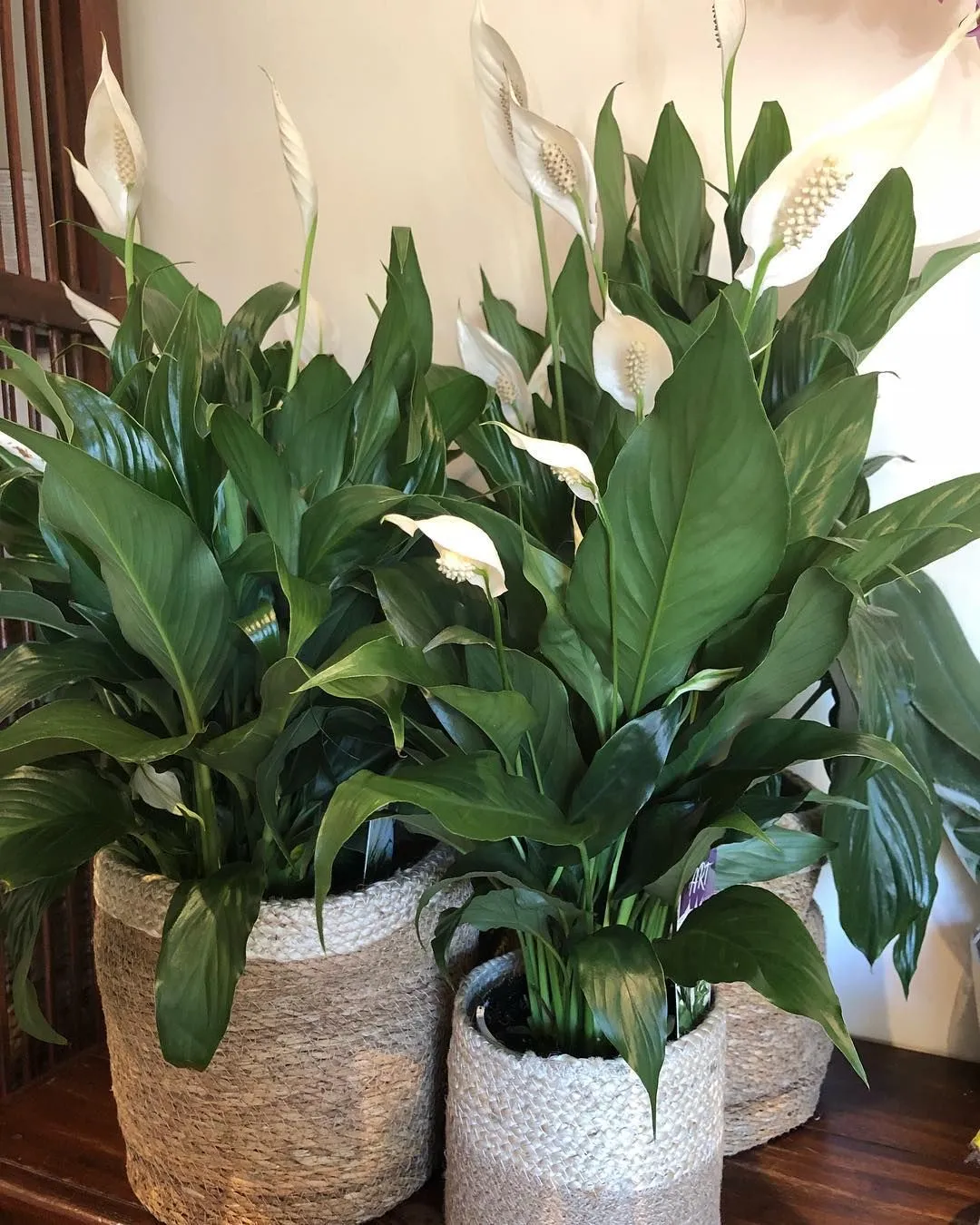
- Light: Lives best in shade; requires little sunlight.
- Soil: Best left moist, needs watering if it goes dry.
- Water: Needs to be Watered only once a week.
Orchids
While there are many native orchids in all regions of the work, those commonly grown by home gardeners tend to be tropical orchids kept as houseplants. Many species of orchids are epiphytic plants—they grow on the surface of other plants and absorb moisture and nutrients from the air. Potted orchids are often moved outdoors during the appropriate months, and many will thrive in bright shade until its time to bring them back indoors. There are two dozen or so genera of orchids commonly used as houseplants, and many dozens of species and hundreds of cultivars within those groups.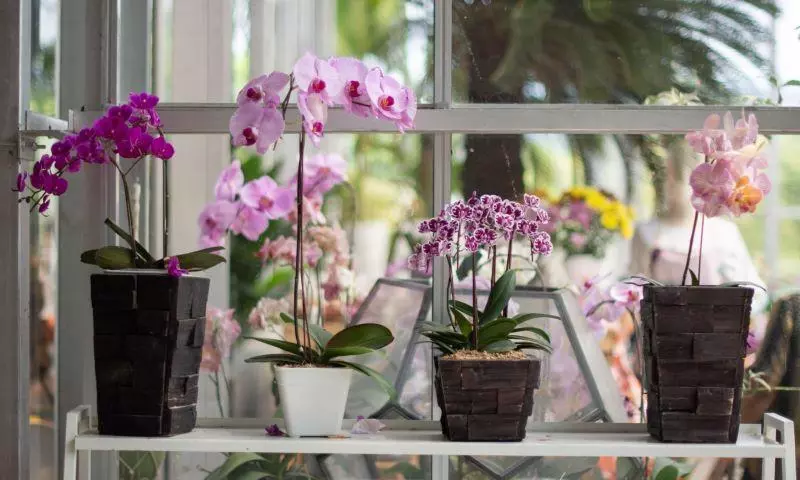
Listed below are some of the orchids that you can include in your home to make it look more vibrant:
1. Ladies’ Slipper Orchid
Moderate to ensure the soil is well aerated and moist and to feed the plant is fed with a diluted & balanced fertiliser once or twice between the spring and summer months. Avoid exposure from both direct sunlight and direct sunlight.Soil needs to be well aerated. Water only with distilled water or rainwater to avoid any chemicals from seeping through.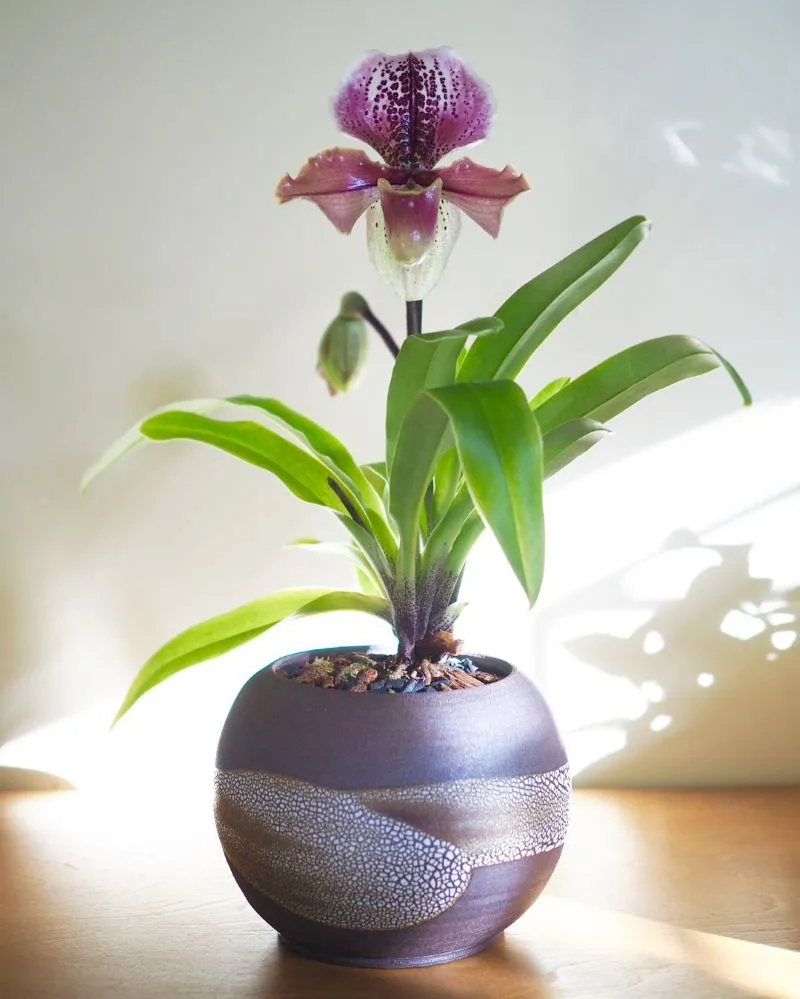
2. Oncidium Orchid
Preferring cooler temperatures at night, oncidiums are happy on a windowsill away from heating vents (if the sun is too bright, shield the plant with a gauzy fabric shade). Monitor its happiness by the state of its stalks; if they stop looking plump and firm at the base, give an oncidium more water. Graceful, arching stalks of flowers can be supported with rigid whip grass, which blends in nearly invisibly with the flowering stems.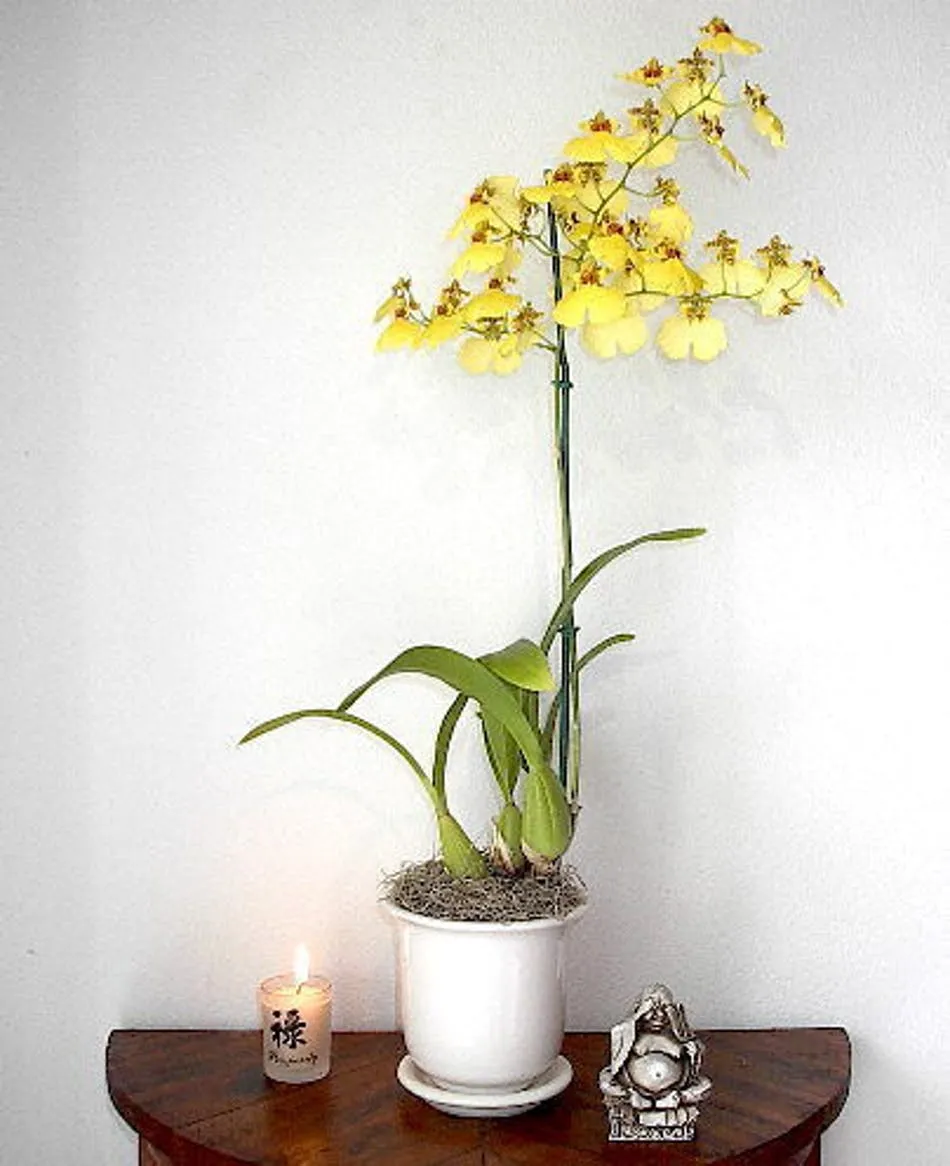
3. Pansy Orchid
This orchid enjoys being misted daily; its flat-faced flowers earned it the nickname Pansy Orchid. Another nickname it deserves is Goldilocks; don’t let it get either too dry or too wet or it will go into decline. Velvety, vividly colored petals make this a showstopper. A quiet backdrop will play up its colorful beauty.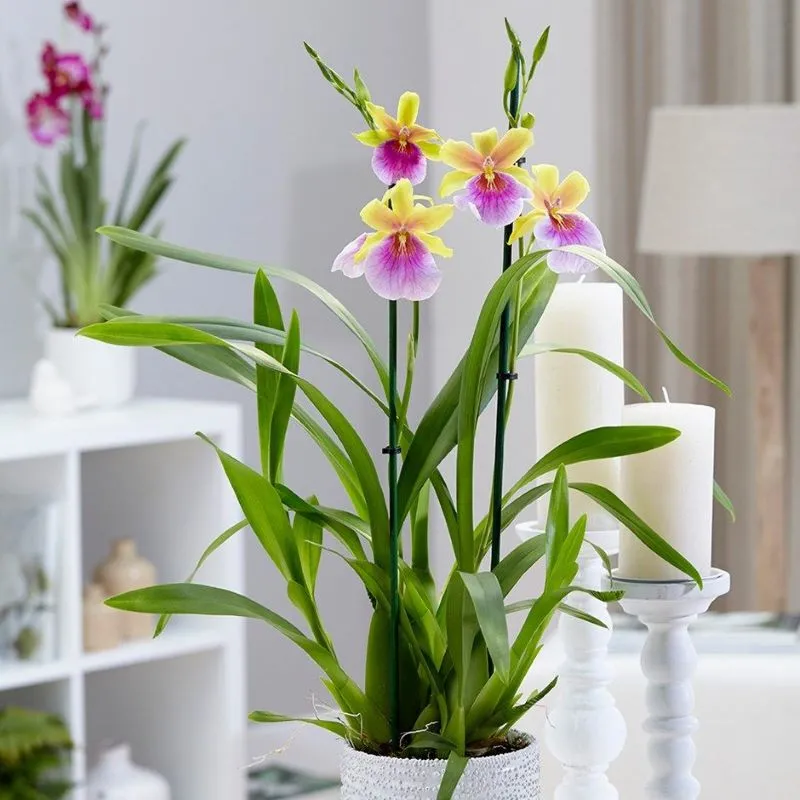
4. Moth Orchid
Give a moth orchid bright, indirect light (a north-facing window might not be sunny enough), but to avoid burning it, cover a western or southern exposure with a gauzy curtain to filter hot rays. Expect a flowering phalaenopsis to stay in bloom for two or more months. While a single potted phalaenopsis is lovely, white moth orchids look dramatic en masse; group three in a single container for an eye-catching floral arrangement.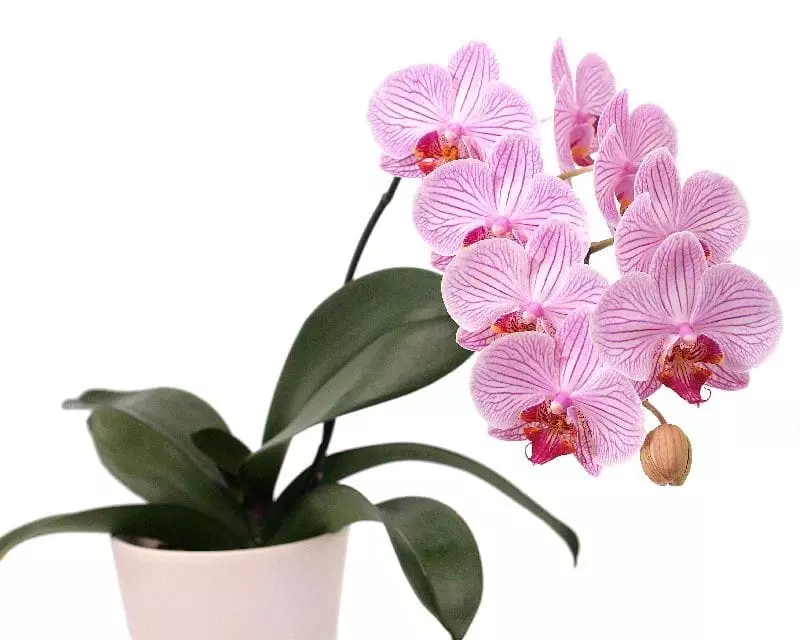
5. Sharry Baby Orchid
Keep it in filtered light (harsh sunlight can burn its leaves) in moderate humidity. Fertilize ‘Sharry Baby’ lightly and consistently to encourage growth. With flowering stalks that can reach dramatic lengths of up to four feet, ‘Sharry Baby’ has the same visual impact as a large-leafed houseplant.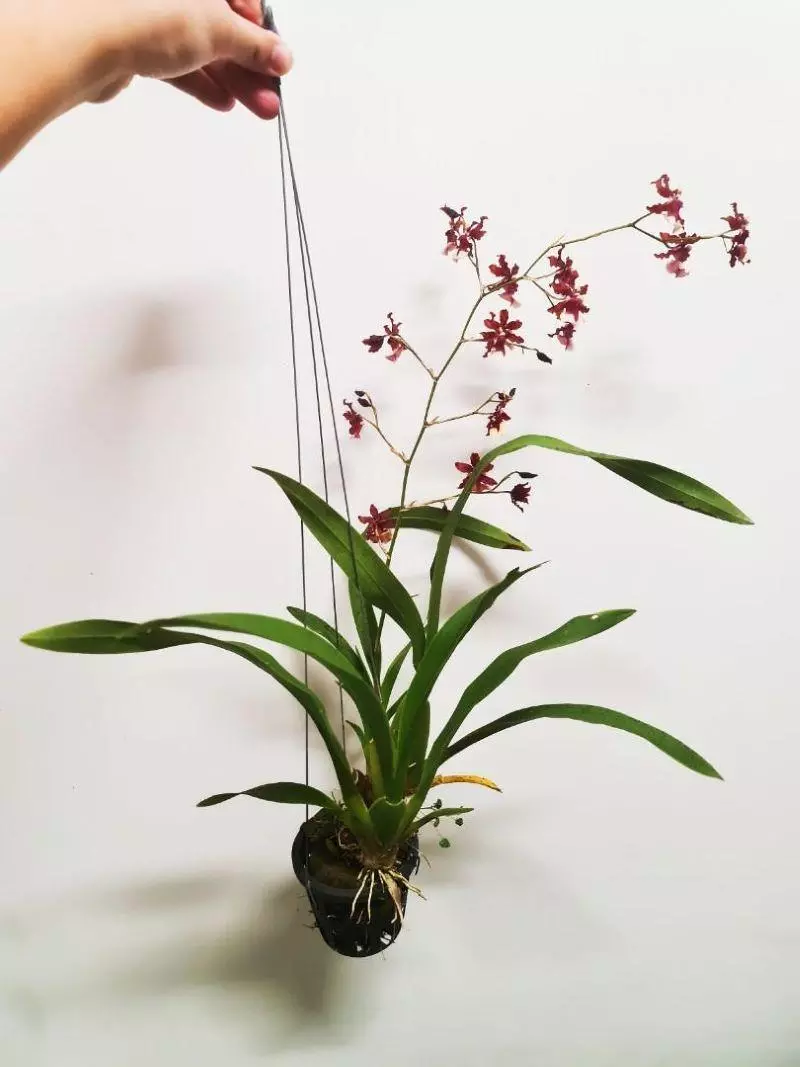
6. Spirit Orchid
This orchid prefers high humidity, making it a good choice to live in a bathroom (but be sure to give it good air circulation). Fertilize it every second time you water it with a half-strength dilute. Choose a plant with a strongly arched flower stalk for a graceful display.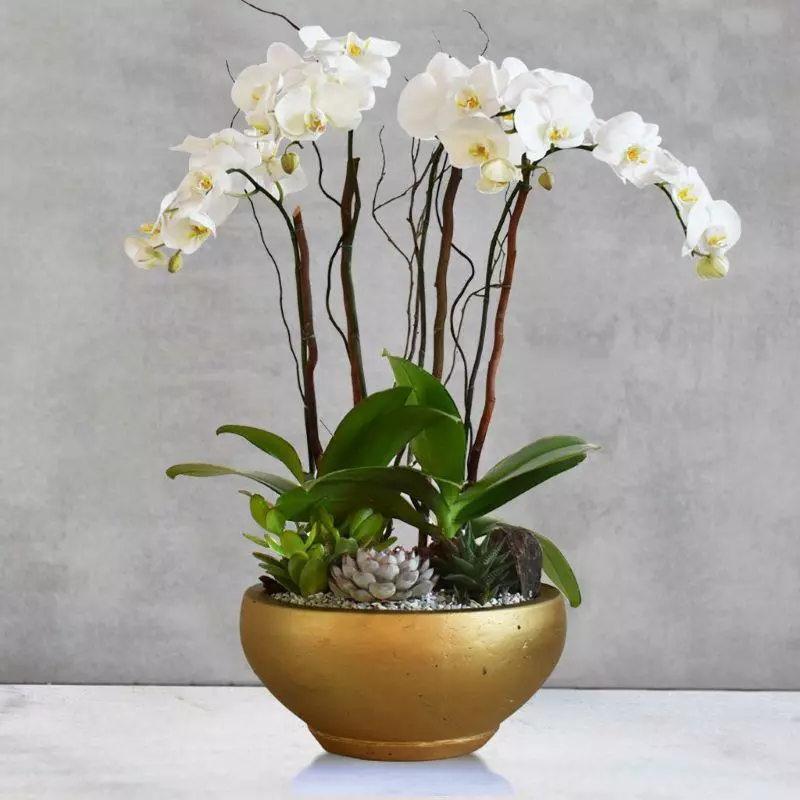
Azalea
Here’s a popular, fragrant flowering shrub that has always signaled the oncoming arrival of the spring season. A flower that blooms in a multitude of colors, is renowned for its beauty and immortalized in the poetry of a prominent Chinese poet, Du Fu of the Tang dynasty! Plant these lovely blooms at home and you will be in august company. Azalea festivals are held in Japan, Hong Kong, Korea, and the USA which draw hundreds and thousands of visitors each year. The plant by itself requires minimal care, but you need to be aware of the fact that both the leaves and flower are highly toxic.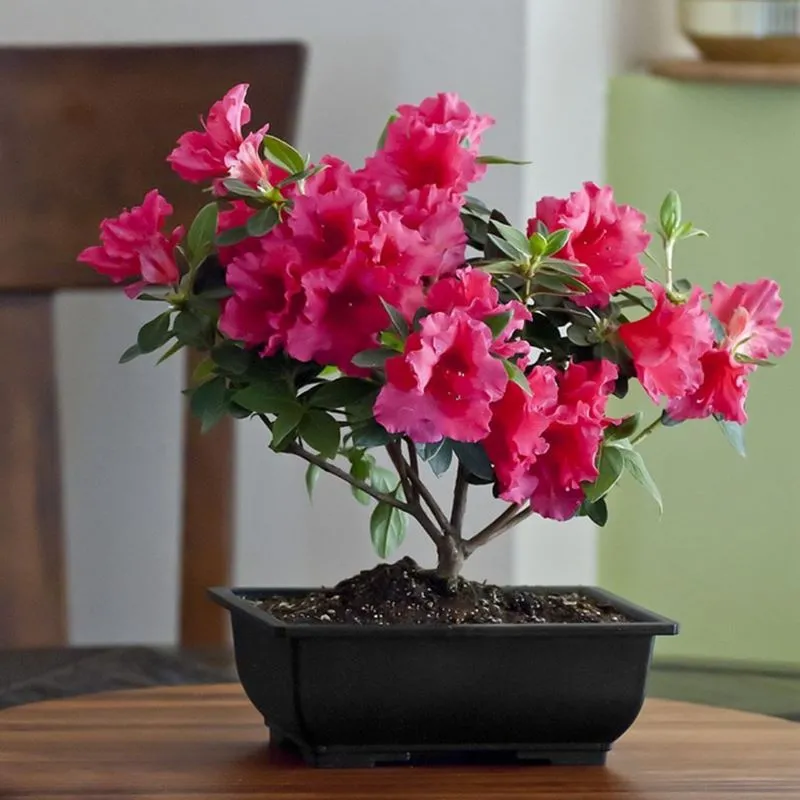
- Light: The cooler the room, the longer the bloom! Make sure the plant is never placed in direct sunlight, else the buds would fall off.
- Soil: Plant the shrub in a soil rich with peat moss and in a clay pot which allows for good drainage.
- Water: Immerse the plant in water for a minute in water once or twice a week.
Lavender
A flower that adds color, fragrance, repels insects, is good for your beauty regimen all at one go; that’s lavender for you. It may not fall under the traditional houseplant category, yet the benefits far outweigh any qualms you have; especially since the plant thrives in sunny climes like India! Place it on a windowsill or a ledge to get the plant to grow as near to the sun as possible. Also bear in mind that to avoid root rot from setting in, the pot for the plant needs to be only an inch or two larger than the root ball itself.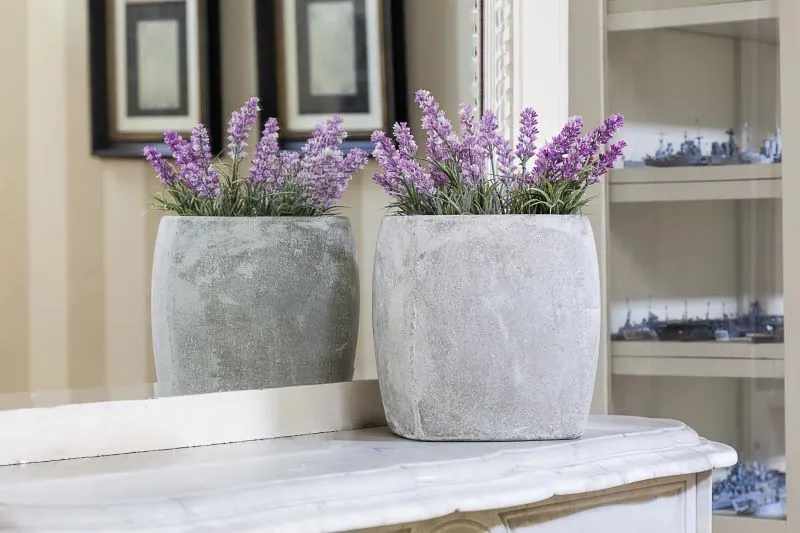
- Light: Thrives in bright sunlight.
- Soil: Ensure that the bottom of the pot contains an inch or two of limestone gravel topped with a basic soilless mix. Blending a tablespoon of lime into the soil will give that alkaline edge, the plant needs.
- Water: Water sparingly and pull back during winter months; growing lavender in a terracotta pot would be your best bet.
Kalanchoe
Kalanchoes are bright and vibrant flowering plants with gorgeous tiny flowers blooming all year round. They are extremely easy to plant and maintain, making them an excellent indoor plant attraction.If you are looking for a gift for your loved one, this is a perfect gift to give away. These succulent plants have clusters of colorful flowers that make your home brighten up instantly.It is best to keep Kalachoe away from children and pets at the leaves and flowers may have toxicity that is harmful to their body. Hang them from the ceiling in baskets or place them in small pots on the window sill to see them grow beautifully.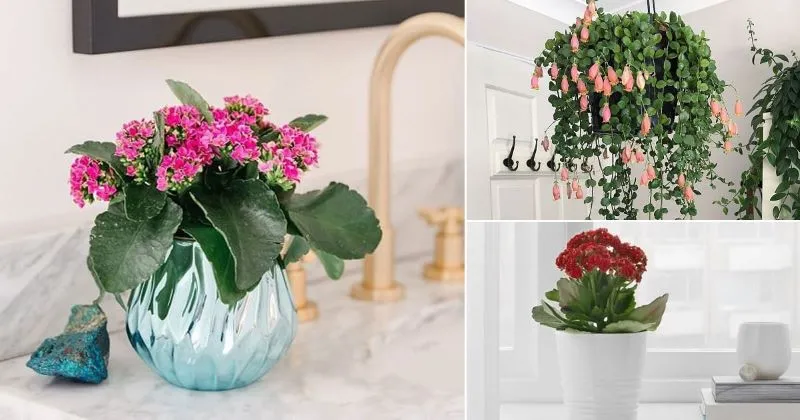
- Light: They do not like too much bright sunlight and prefer lightly filtered sunlight throughout the day. If you leave them out in the sun for around 1 or 2 hours that should suffice their growth requirement.
- Water: Do not overwater these beauties and thus getting them a thorough run down every week is probably a good idea.
- Temperature: These plants will enjoy some time outside in warmer months; however, if your home is well ventilated with brightness, they will survive just fine.
Begonia
They are wonderfully easy to grow and look absolutely gorgeous in your garden or even indoors. Plant them in small pots or long ones, they thrive with proper care and soil treatment. There are more than 1700 species of Begonias that are known to be in existence.Begonias add to the charm of your home with their colorful flowers and beautiful short leaves. If you are looking at adding some flowering varieties to your home, this is definitely worth the investment.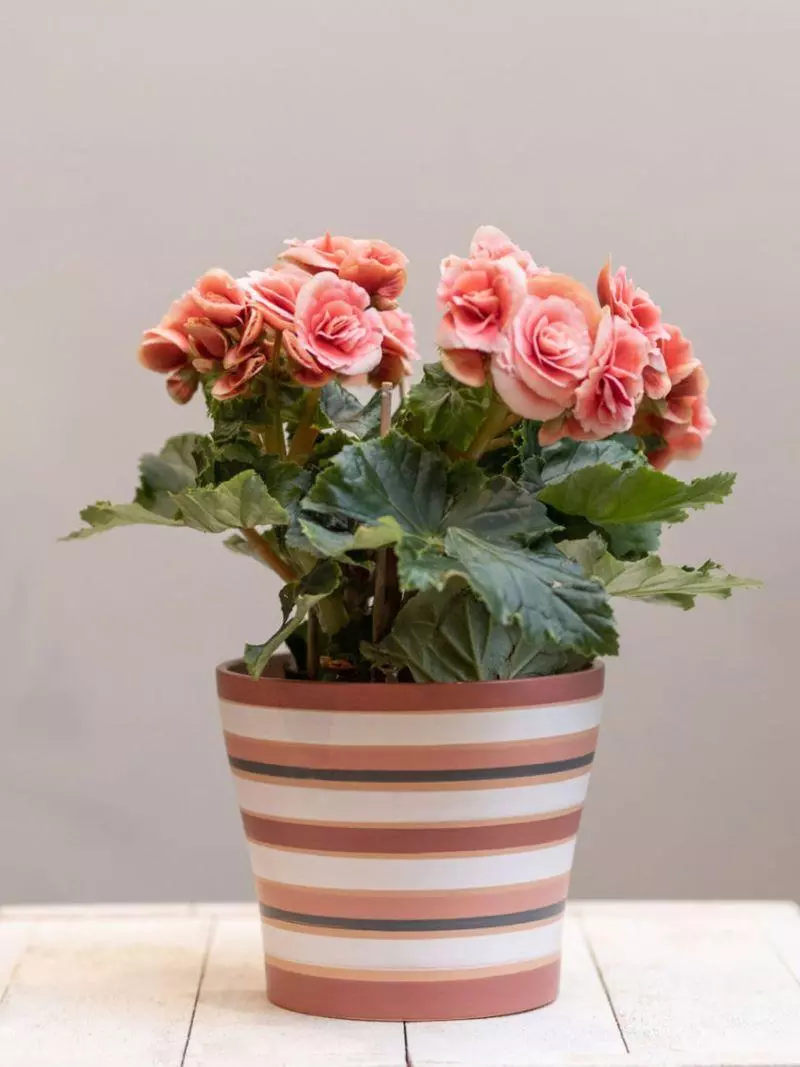
- Light: They will grow really well in partially lit up spaces. Direct sunlight does not work well with them. Keep them in spaces where you receive partial sunlight, but avoid keeping your indoor plants near hot glass windows.
- Water: They do not like too much water and it is better to have a well-drained soil for your Begonias to thrive. Once they begin to bloom, you can always use them to decorate your home.
- Temperature: Your Begonias need just partially lit up spaces that do have direct sunlight coming right on top of them. They will grow well within controlled home environments.
FLAMINGO LILY
Flamingo flower, also known as flamingo lily or Anthurium andraeanum, is native to the tropical climates of Central and South America and thrives in areas where temperatures remain above 70 degrees Fahrenheit and relative humidity is high. Although you can grow them outside in warm climates, it is better to grow them in containers so you can move them inside to protect them from extreme temperatures.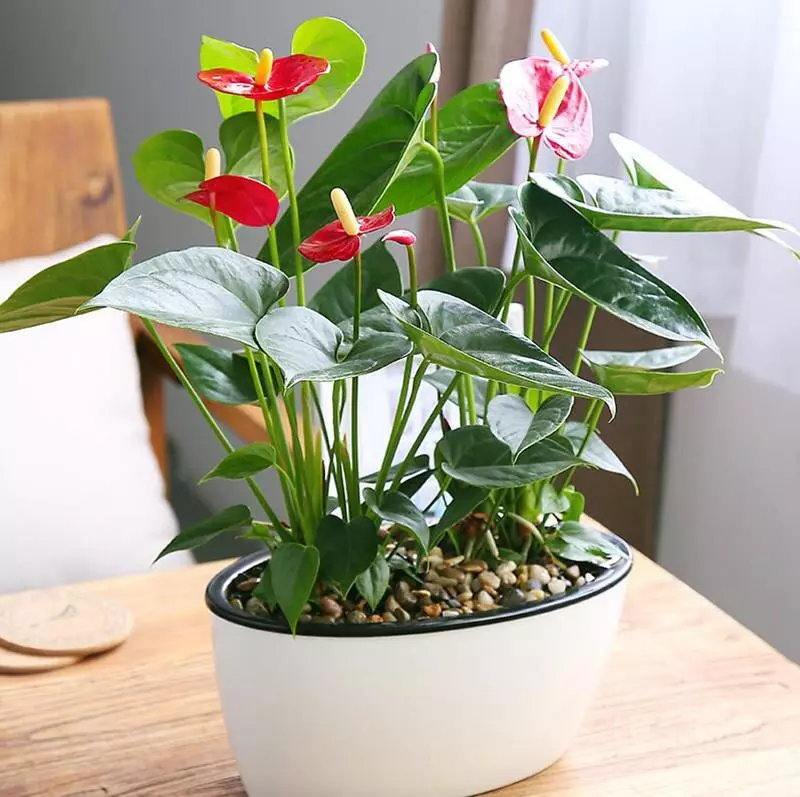
With glossy green leaves and rich red blooms, Anthurium is one of the most stunning plants to grow indoors. Also known as flamingo flower or painter’s palette, it will add a touch of luxury to an indoor space. Thankfully, anthuriums aren’t hard to care for and will thrive indoors when provided the right conditions.
- Potting - Anthuriums like a coarse growing medium so create the perfect potting mix with one part perlite, one part peat moss and one part pine bark.
- Find the right pot - Place your Anthurium in a pot just a little bigger than the plant itself. And don’t get too alarmed if you see roots peering above the soil – this is just one of the quirks of the plant.
- Light - Place your pot in a bright, sunny spot – but away from direct sunlight as this can scorch the leaves.
- Temperature - Anthuriums aren’t accustomed to the cold so try to maintain a temperature of 25-30°C. Although they can survive temps as low as 15°C, they won’t grow as fast and may not bloom (what a waste!).
- Humidity - As natural rainforest dwellers, Anthuriums love humid conditions. In fact, a lack of humidity could cause your Flamingo Flower’s foliage to lose its gorgeous, glossy sheen.
- Water - Water every three days maximum – the surface of the soil should be moist, not wet. Over-watering can cause the leaves to turn yellow and eventually lead to fatal root rot.
African Violet
With small purple, blue and pink flowers, the African Violet is a splendid shrub to grow indoors. The thick fuzzy leaves grow underneath the flower petals almost like a painting. The plant can be grown in hanging pots or on a shelf for that added visual-oomph. Interestingly, the flowers will bloom throughout the year never making you yearn for more. The plant thrives better in moderate light but will be able to survive very low-lights as well.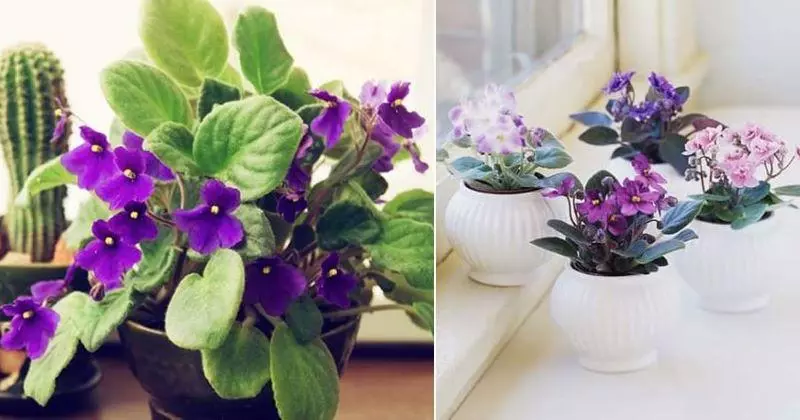
- Ideal Placement: In a shaded spot, or on a shaded window-sill.
- Watering: Ensure that while watering the plants the leaves do not get wet, and allow the soil to dry completely before watering again.


